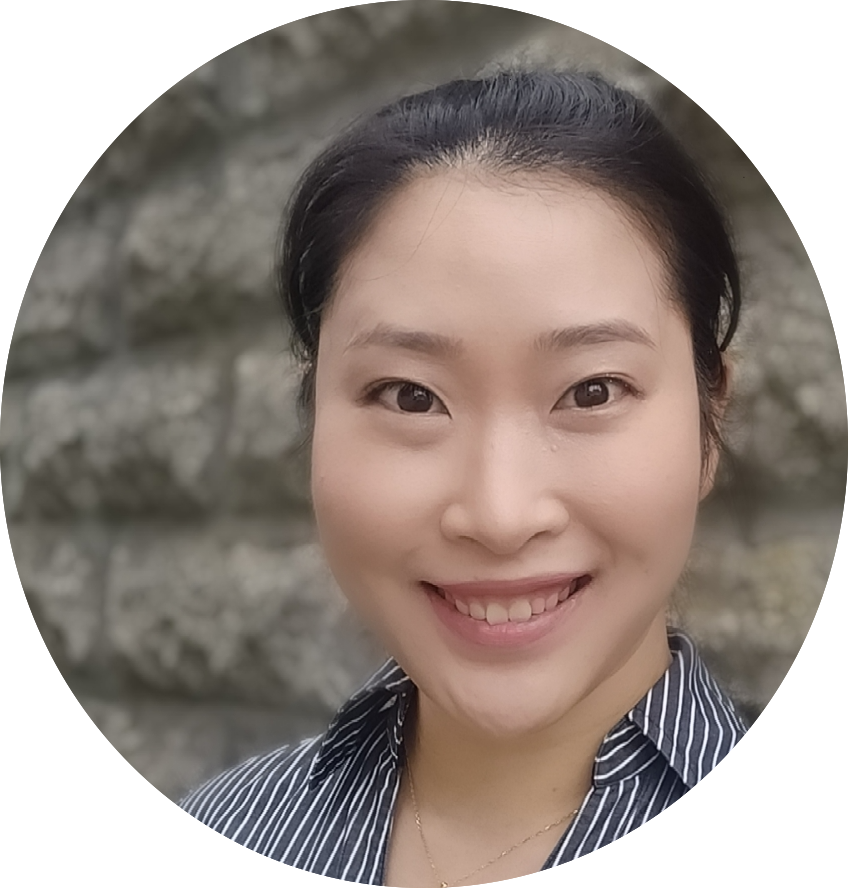The early stages of product development are essential for the success of a product. The greatest challenge is to identify people’s problems and needs – this should be the starting point, not the product.
Product conceptualization is the process of creating an idea for a new product. This stage is crucial as it helps to ensure that the product being developed meets the needs of the target customer. There are several methods and tools that can be used for product conceptualization, such as brainstorming, mind mapping, and customer research. Brainstorming is a great way to generate a large number of ideas, while mind mapping helps to organize and structure these ideas. I have used both for my self-care idea. They are helpful, but they have not brought me closer to answering the important questions: “Is this a problem for people? And how are they solving it right now?”
How do you discover a problem?
You cannot solve a problem until you first discover it. There are three ways to do this.
First, by leveraging your industry experience and knowledge. That is how Starbucks got its start. Howard Schultz had prior experience in the coffee industry, working as a salesperson for a coffee-bean supplier. After frequent trips to Italy, he noticed the popularity of espresso bars and the lack of specialty coffee in the US, which prompted him to start Starbucks.
Second, by identifying a problem you want to solve for yourself. Blue Bottle Coffee was founded by James Freeman when he wanted to experience more variety in the way coffee is roasted and brewed to capture its complexity.
Third, by talking to people.
These are not mutually exclusive. Take Sara Blakely, the founder of Spanx. She had experience in the fashion and retail industry. She was also solving the problem for herself; with the lack of options for slimming undergarments, she used her knowledge to create Spanx.
Even with her industry knowledge and problem identification, she completed problem discovery and product validation by talking to people. She sent out prototypes to potential customers in the early days of the company. She wore her prototypes under her clothes to test them out and gather feedback while she worked as a door-to-door salesperson.
Since my self-care product idea is a passion project, I have no industry experience or knowledge. I can identify some problems I want to solve for myself. This will act as my seeds. By engaging in conversations with other people, I will gain insights that will help me determine which fruits might blossom from the seedlings.
So this week, I’ll talk to at least five different strangers about themselves, their problems, and their needs.

